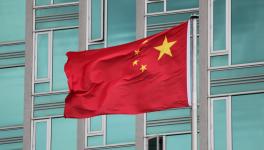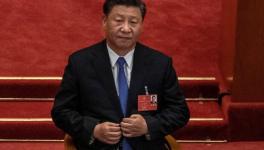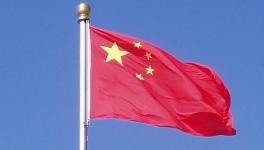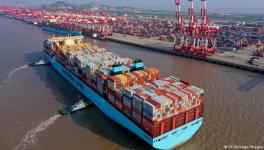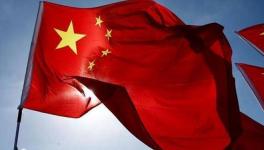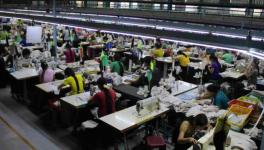China’s Economy Bounces Back; Expands 3.2% as Coronavirus Curbs Lifted
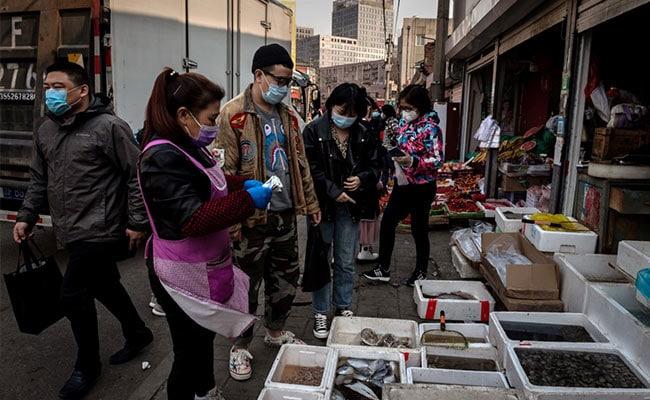
Representational image. | Image Courtesy: NDTV
Beijing: China’s economy bounced back by posting 3.2% growth in the second quarter after a record 6.8% slump in the first quarter due to the coronavirus crisis, avoiding a recession.
The world's second-biggest economy saw a sharp decline in growth in the first three months of the year during unprecedented coronavirus lockdowns when the GDP plummeted by 6.8%.
China's gross domestic product (GDP) expanded 3.2% year on year in the second quarter of 2020, the country’s National Bureau of Statistics (NBS) said on Thursday.
In the first half of this year, the country's GDP stood at 45.66 trillion yuan (about $6.53 trillion) amid COVID-19 impact, down 1.6% year on year, according to NBS data.
A breakdown of the data showed the output of the primary industry rose 0.9% year on year, while the service sector and the secondary industry saw a decline of 1.6% and 1.9%, respectively.
Thursday's data showed China's job market improved slightly in June, with the surveyed unemployment rate in urban areas standing at 5.7%, down 0.2 percentage points from the previous month.
Judging by the official data, analysts say it is a turnaround of sorts for the world’s second-largest economy, which is the first one to recover from the coronavirus crisis without the hassles of lockdowns experienced by almost all countries in the world including the US.
As it came out from the coronavirus crisis in March-April, China cashed on growing COVID-19 demand for medical equipment from all around the world by exporting billions of dollars’ worth of materials.
Analysts, however, predict it would be an uphill climb for export-reliant China's economy going forward as it faced intensified conflict with the US and the negative fallout on its external trade due to Beijing's increasingly aggressive policies towards India, Hong Kong, Taiwan and the South China Sea resulting in bans of its products and services.
The UK has joined the US in banning Huawei and its 5G rollout and India has already banned 59 Chinese apps, including hugely popular TikTok.
China's GDP took the worst hit since the disastrous Cultural Revolution in 1976, plummeting by 6.8% in the first quarter of 2020 as the country took unprecedented measures to fight the coronavirus pandemic that brought the world's second-largest economy to a standstill.
On a slowdown mode, China's economy grew by 6.1% in 2019, the lowest annual growth rate in 29 years amid the bruising trade war with the US but it remained above the psychologically important mark of six per cent.
The GDP in 2019 expanded to $14.38 trillion from $13.1 trillion in 2018.
"The second-quarter performance was better than expected, as production on the supply-side picked up and investment caught up," Tian Yun, vice director of the Beijing Economic Operation Association, told the state-run Global Times.
"The economy in the latter half of the second quarter moved from post-virus recovery to periodic climbing up to a certain extent," Tian said.
China’s Q2 figure is higher than experts were predicting and points towards a V-shaped recovery - that is, a sharp fall followed by a quick recovery, a BBC report said.
It also means China avoids going into a technical recession - signified as two consecutive periods of negative growth.
A technical recession is defined as two consecutive quarters of contraction in GDP.
China’s growth could also lend credibility to Beijing’s claims that its approach in containing the outbreak, including draconian control over people movement and massive testing, provides the right balance between economic growth and pandemic control, Hong Kong-based South China Morning Post reported.
As per NBS data, China's retail sales of consumer goods declined 3.9% year on year in the second quarter of this year.
The figure narrowed 15.1 percentage points from the first quarter, the data showed.
In the first half of the year, retail sales of consumer goods went down 11.4% year on year to 17.23 trillion yuan (about $2.5 trillion) narrowing by 7.6 percentage points from the first quarter.
China's surveyed unemployment rate in urban areas stood at 5.7% in June, 0.2 percentage points lower than that of May, the data said.
A total of 5.64 million new urban jobs were created in the first half of 2020, completing 62.7% of the annual target, it said.
Also, China's fixed-asset investment went down 3.1% year on year in the first half of 2020, narrowing from the 6.3.
The total fixed-asset investment came in at 28.16 trillion yuan (about $4 trillion).
China's value-added industrial output, an important economic indicator, went up 4.4% year on year in the second quarter as factories stepped up production amid COVID-19 control, the NBS data said.
In the first half of the year, industrial output fell 1.3%, dragged down by the 8.4-per cent slump in the first quarter as the novel coronavirus outbreak disrupted economic activities during the period.
Get the latest reports & analysis with people's perspective on Protests, movements & deep analytical videos, discussions of the current affairs in your Telegram app. Subscribe to NewsClick's Telegram channel & get Real-Time updates on stories, as they get published on our website.











